When giants clash, the ground trembles.
The American Bison and the Indian Gaur aren’t just big—they’re monuments of muscle, power, and raw presence. These beasts dominate their turf like living tanks, and when you stack them side by side, it’s a showdown worthy of legend.
One roams the plains of North America like a thunderstorm on hooves. The other rules the dense forests of South Asia with quiet, unshakable force.
Which is stronger? Smarter? More unstoppable?
We’re diving into 12 brutal, fascinating, and unexpected ways these heavyweight champions go horn to horn. Only one gets to wear the crown. Let the battle begin.
Size and Stature
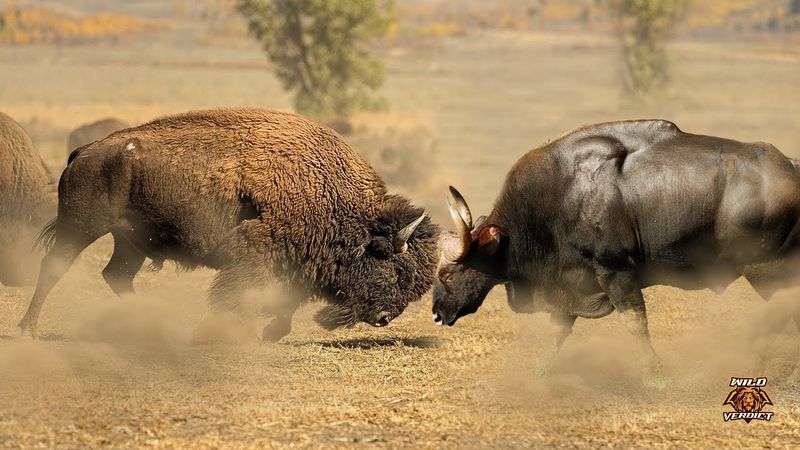
When it comes to sheer size, the American Bison and the Indian Gaur are titans of the animal kingdom. The bison, with its hulking frame, often roams the plains of North America, casting a formidable shadow.
Meanwhile, the Gaur, known as the Indian Bison, holds its ground in the dense jungles of India, boasting the title of the largest wild cattle species.
Their physical presence not only commands respect but also ensures survival in their respective environments. Incredibly, these behemoths weigh between 1,000 to over 2,000 pounds, with the Gaur often tipping the scales slightly more.
Dietary Habits
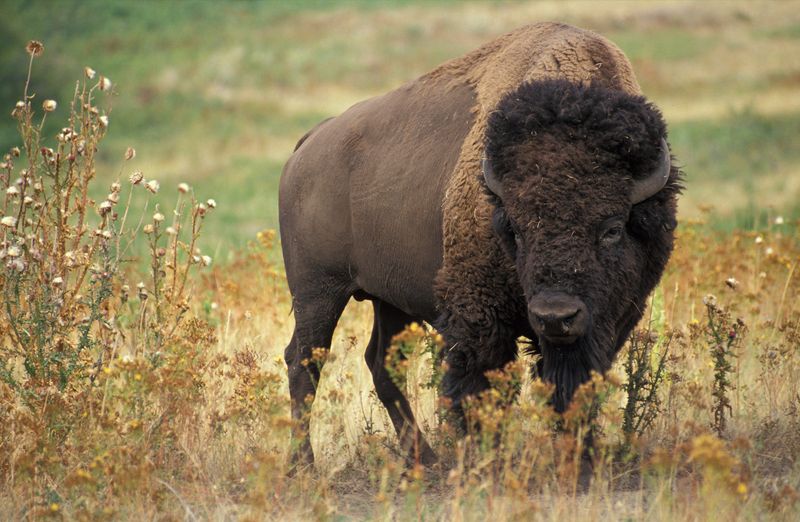
The dietary preferences of the American Bison and Indian Gaur reflect their distinct habitats. American Bison, or buffalo, primarily graze on grasses found in the open plains, resembling silent guardians of the prairies.
In contrast, the Indian Gaur forages in the dense forests of India, consuming a mix of grasses, leaves, and small branches. This difference in diet highlights their adaptability and role in their ecosystems.
While both are herbivores, bison can occasionally exhibit a preference for specific grass species, whereas gaurs are less selective, munching on whatever the forest provides.
Social Structure

American Bison and Indian Gaurs both exhibit fascinating social structures. Bison often form large herds led by a dominant male, especially during the mating season.
These herds, sometimes numbering in the hundreds, move across the plains like a well-coordinated wave. Conversely, the Indian Gaur’s social groups are generally smaller and tend to be matriarchal.
The herds are usually composed of females and their young, with a dominant female at the helm. This dynamic ensures protection and guidance for younger members, showcasing a contrasting societal organization between these two giants.
Reproductive Behaviors
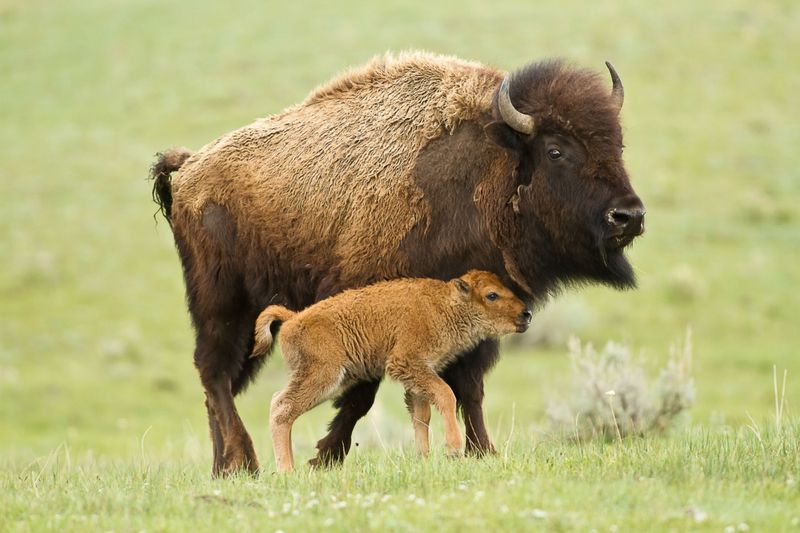
Reproductive habits of these giants are as unique as they are intriguing. The American Bison engages in a dramatic rutting season where males compete fiercely for females’ attention.
This often involves physical displays and dominance contests. In contrast, the Indian Gaur follows a more subdued approach. While males may still compete, it’s less dramatic, with subtle posturing and vocalizations being more common.
Calves of both species are born after lengthy gestation periods, with mothers fiercely protective of their young, ensuring they thrive in the wild.
Habitat and Range

The American Bison and Indian Gaur inhabit distinctly different environments. Bison roam the open plains and prairies of North America, environments that offer vast expanses for grazing.
Their nomadic nature is well-suited to these open landscapes. Meanwhile, the Gaur thrives in the dense, tropical forests of India and Southeast Asia, where the thick vegetation provides both food and shelter.
This contrast in habitat underscores their adaptability and evolutionary paths, each perfectly attuned to their surroundings, whether it be the endless plains or lush forests.
Predators and Threats
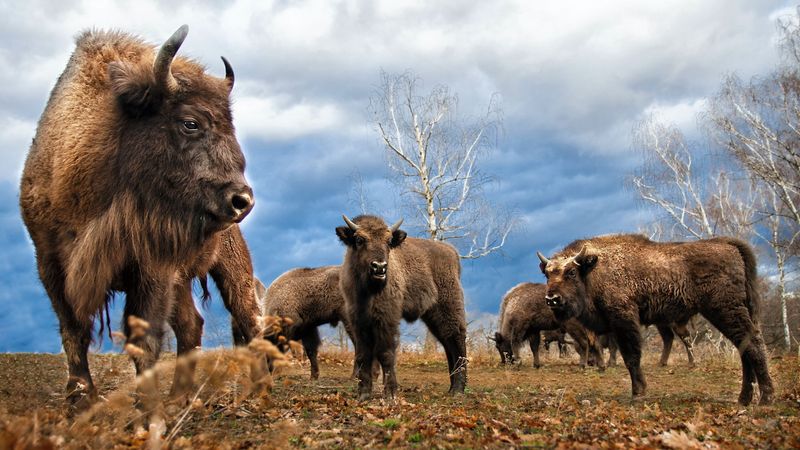
Predation pressures shape the lives of both the American Bison and Indian Gaur. For the bison, their primary natural predators include wolves, which hunt in packs across the plains.
These predators rely on teamwork to bring down such large prey. On the other hand, the Indian Gaur faces threats from the powerful Bengal tiger. This solitary hunter is capable of taking down a Gaur, but the task is daunting.
Human encroachment and habitat loss also pose significant threats to both species, often more impactful than natural predators.
Cultural Significance
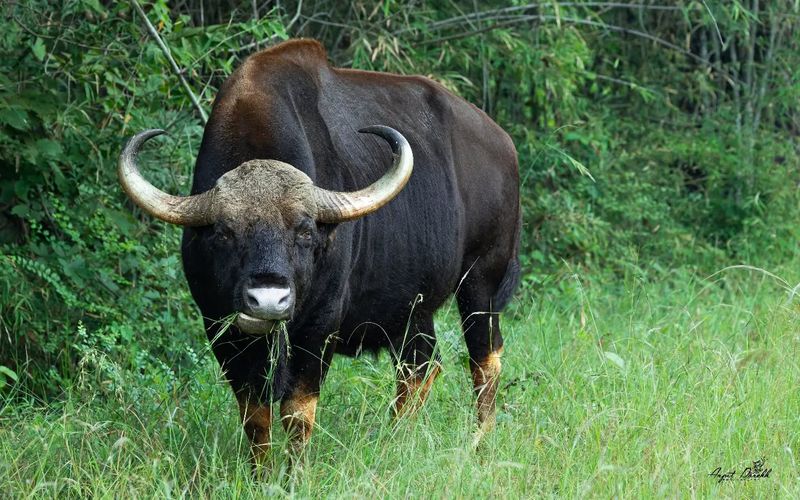
The cultural resonance of these creatures is profound in their respective regions. The American Bison holds a sacred place in Native American traditions, symbolizing abundance, strength, and resilience.
Tribes have revered the bison, considering it a gift from the Great Spirit. In India, the Gaur is emblematic of strength and is often associated with deities in Hindu mythology.
Both animals feature prominently in folklore, art, and religious rituals, underscoring their important roles beyond mere survival. Their presence in culture enriches the human experience across continents.
Conservation Status

Conservation efforts for the American Bison and Indian Gaur reflect global concerns for wildlife preservation. Once on the brink of extinction, the bison’s numbers have rebounded due to dedicated conservation initiatives in North America.
National parks and protected areas play a crucial role in their recovery. Similarly, the Indian Gaur is listed as vulnerable, with habitat protection and anti-poaching measures being critical.
Wildlife sanctuaries in India aim to stabilize their populations. These efforts symbolize hope and commitment to safeguarding these iconic species for future generations.
Physical Adaptations
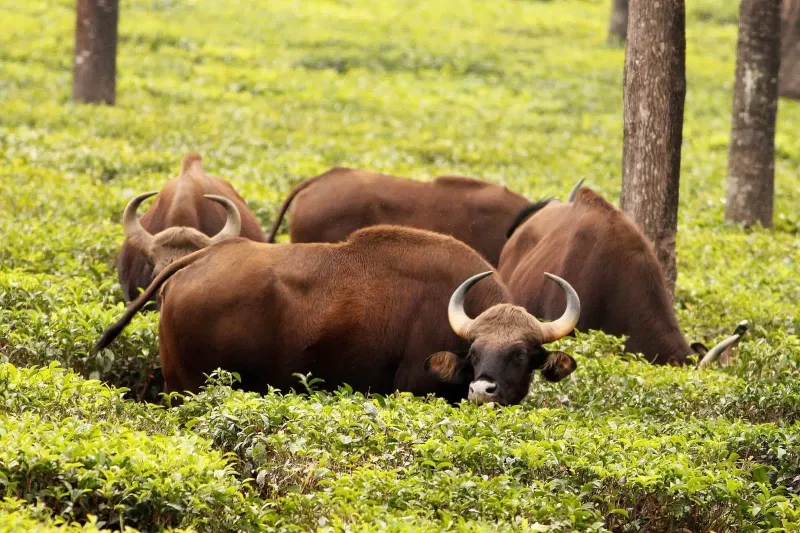
Both giants showcase remarkable physical adaptations suited to their environments. The American Bison sports a dense, shaggy coat that insulates against harsh winters on the plains.
This fur is crucial for their survival in freezing temperatures. The Indian Gaur, however, displays an impressive set of horns, which are not only a defense mechanism but also a tool for navigating the dense underbrush of the forest.
These adaptations highlight the evolutionary brilliance of each species, allowing them to thrive in their unique habitats despite environmental challenges.
Behavioral Traits
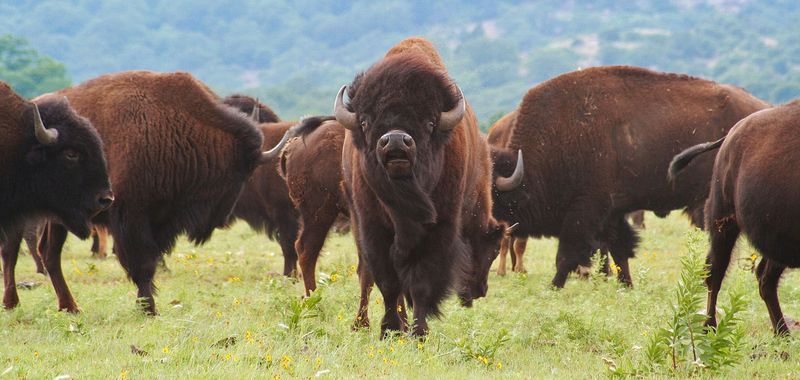
The behavioral patterns of these animals are as distinct as their physical traits. American Bison are known for their wallowing behavior, which involves rolling in dirt to deter insects and shed old fur.
This behavior also strengthens social bonds within herds. Conversely, the Indian Gaur is more reserved, often seen resting in the shade during the heat of the day.
Their calm demeanor belies their immense strength, a silent testament to their adaptability. These behaviors, though different, reflect the unique lifestyles each has developed.
Historical Range and Distribution
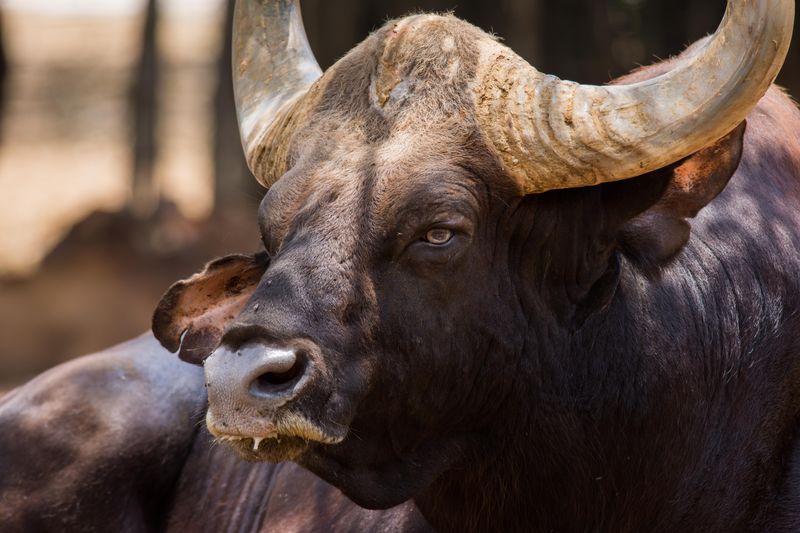
Historically, the American Bison roamed vast areas of North America, from Canada to Mexico, numbering in the millions before European settlement drastically reduced their range.
Indian Gaurs, similarly, once flourished across the Indian subcontinent and Southeast Asia. Human activities have since fragmented these ranges, confining them to protected areas.
Understanding their historical distribution provides insights into the ecological roles they played. Efforts to restore these ranges are ongoing, emphasizing the importance of habitat conservation in maintaining biodiversity.
Ecological Impact
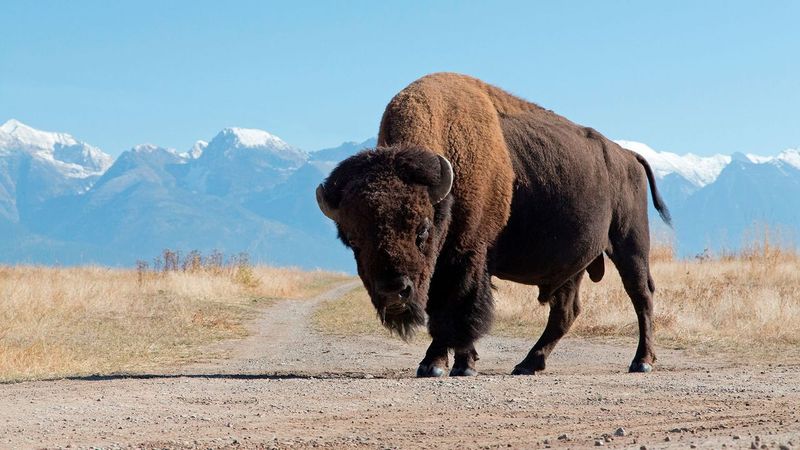
The ecological roles of these animals extend far beyond their immediate presence. American Bison influence the plains’ ecosystems by promoting plant diversity through their grazing habits, which prevent any single species from dominating.
Indian Gaurs, as mega-herbivores, play a crucial role in forest ecology by aiding in seed dispersal and maintaining the forest structure. Their movements and feeding patterns contribute to a balanced ecosystem, influencing a myriad of other species.
These giants, therefore, are keystones in their respective environments, ensuring ecological harmony.

